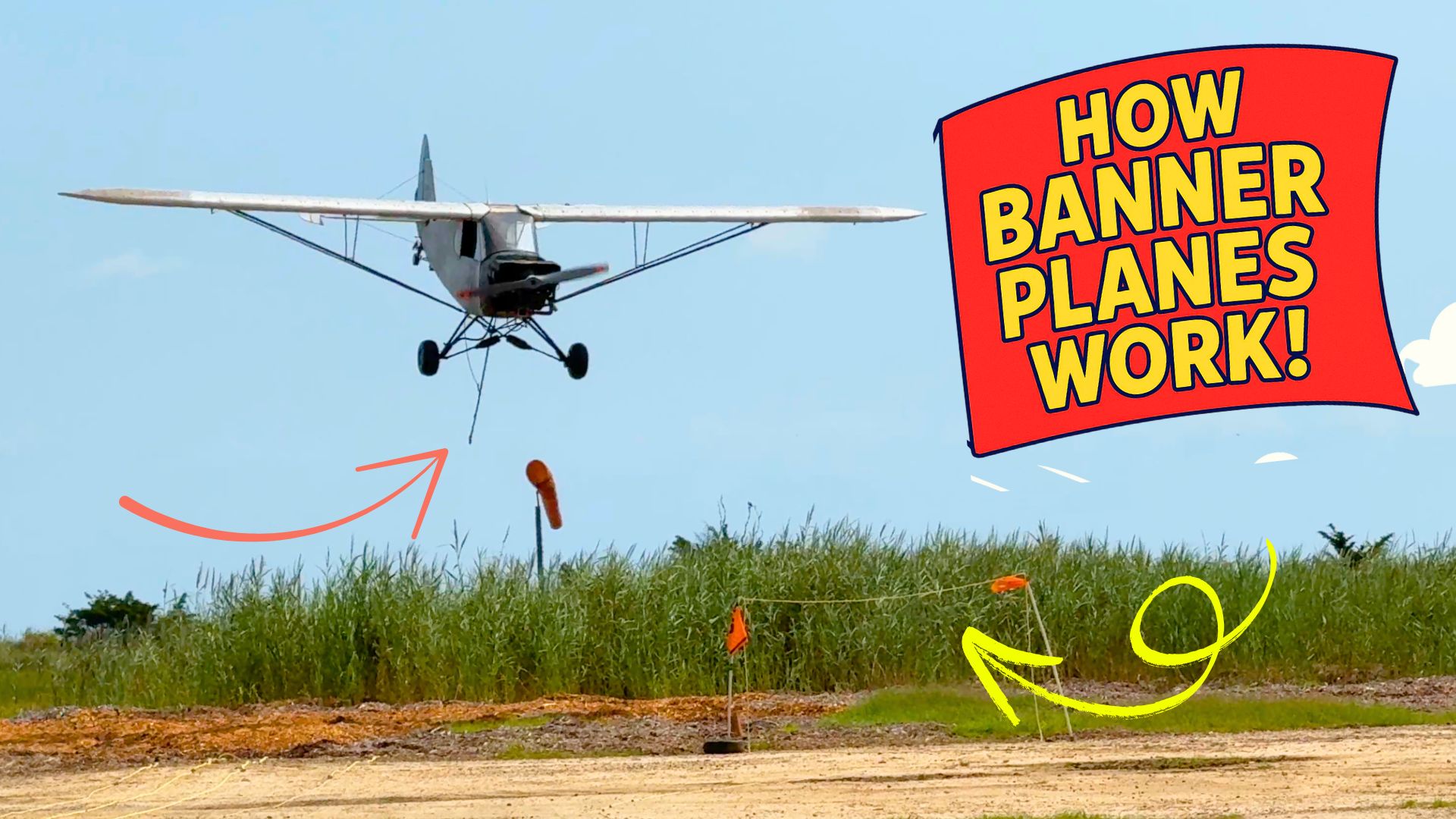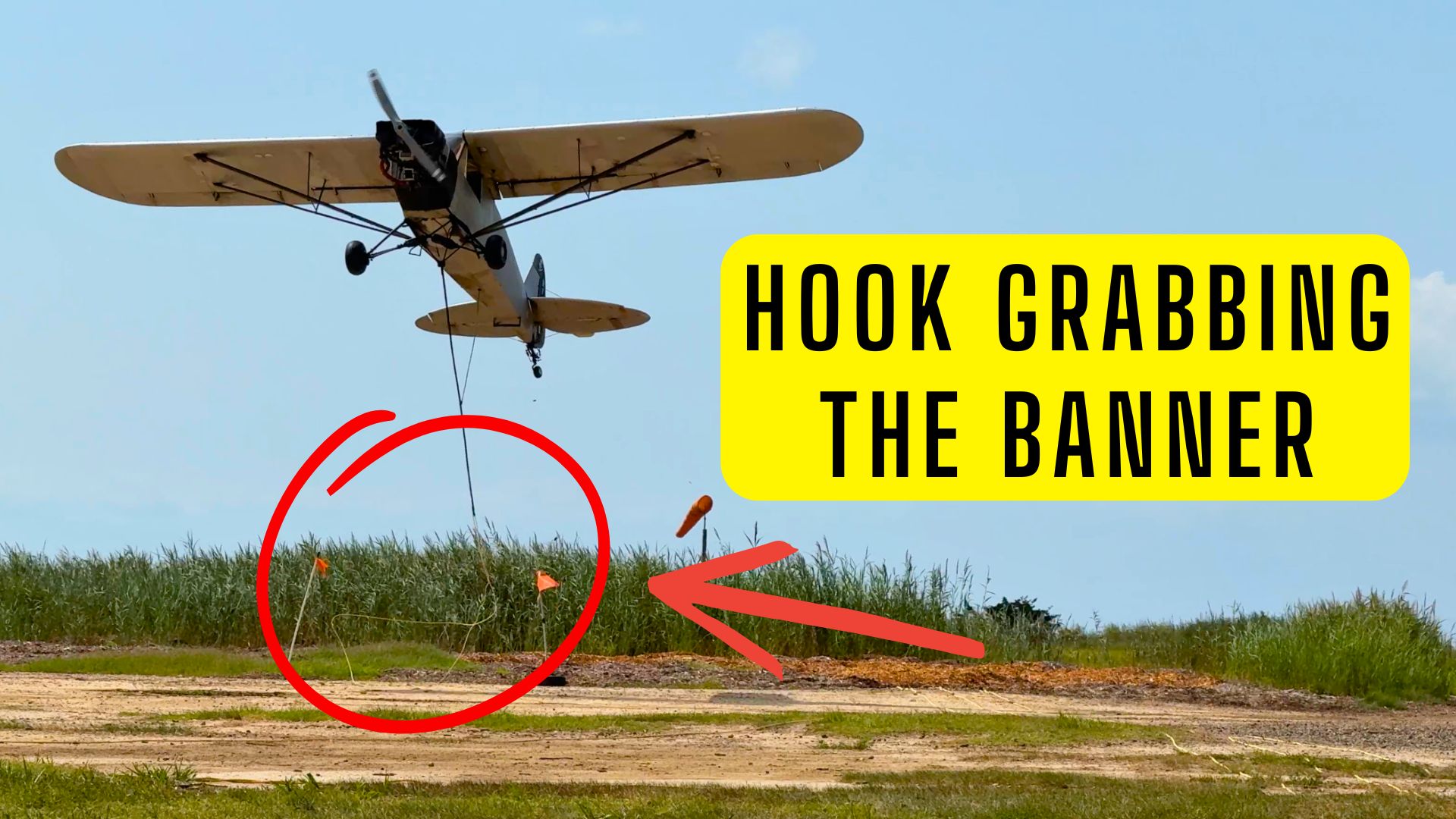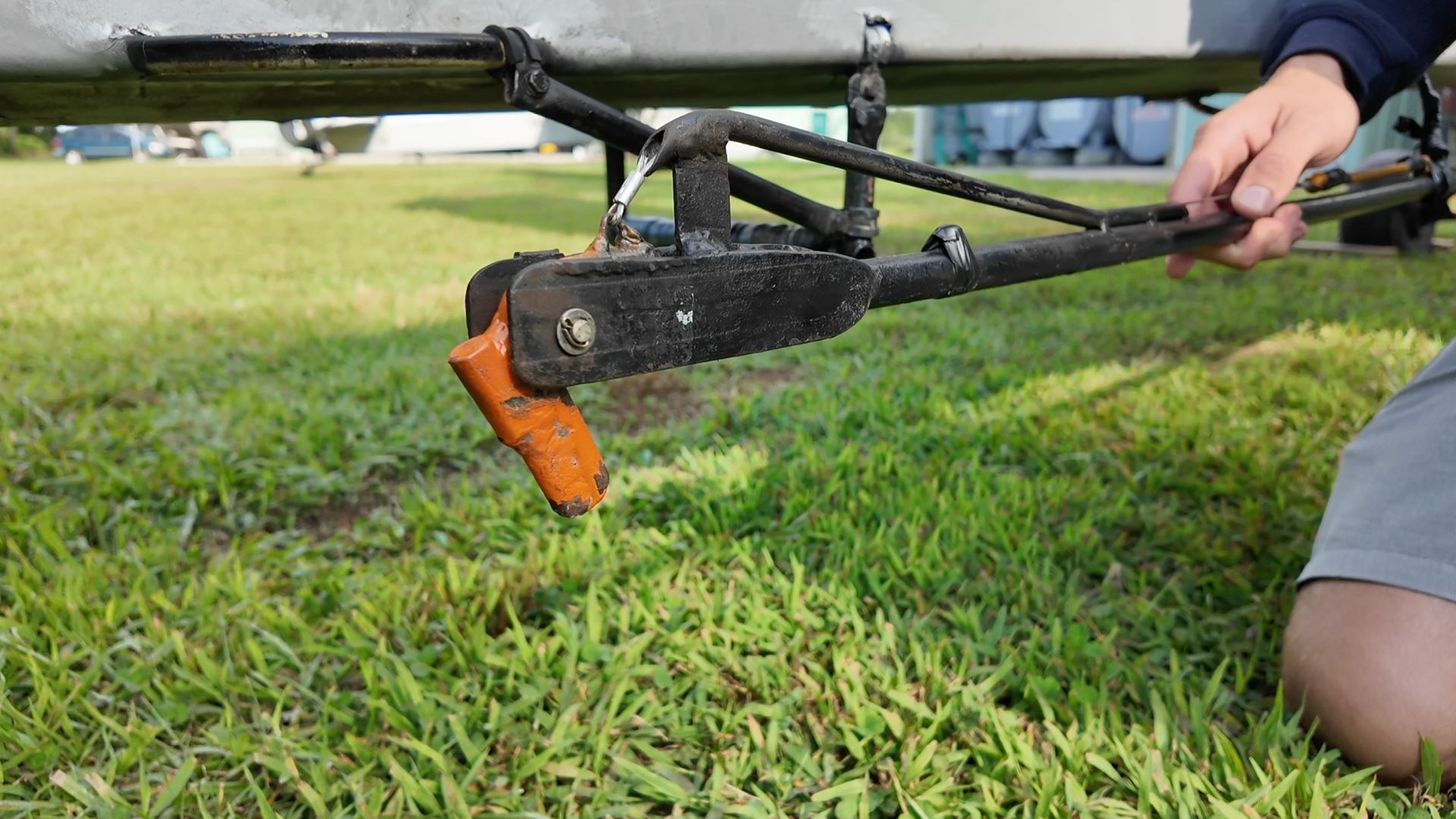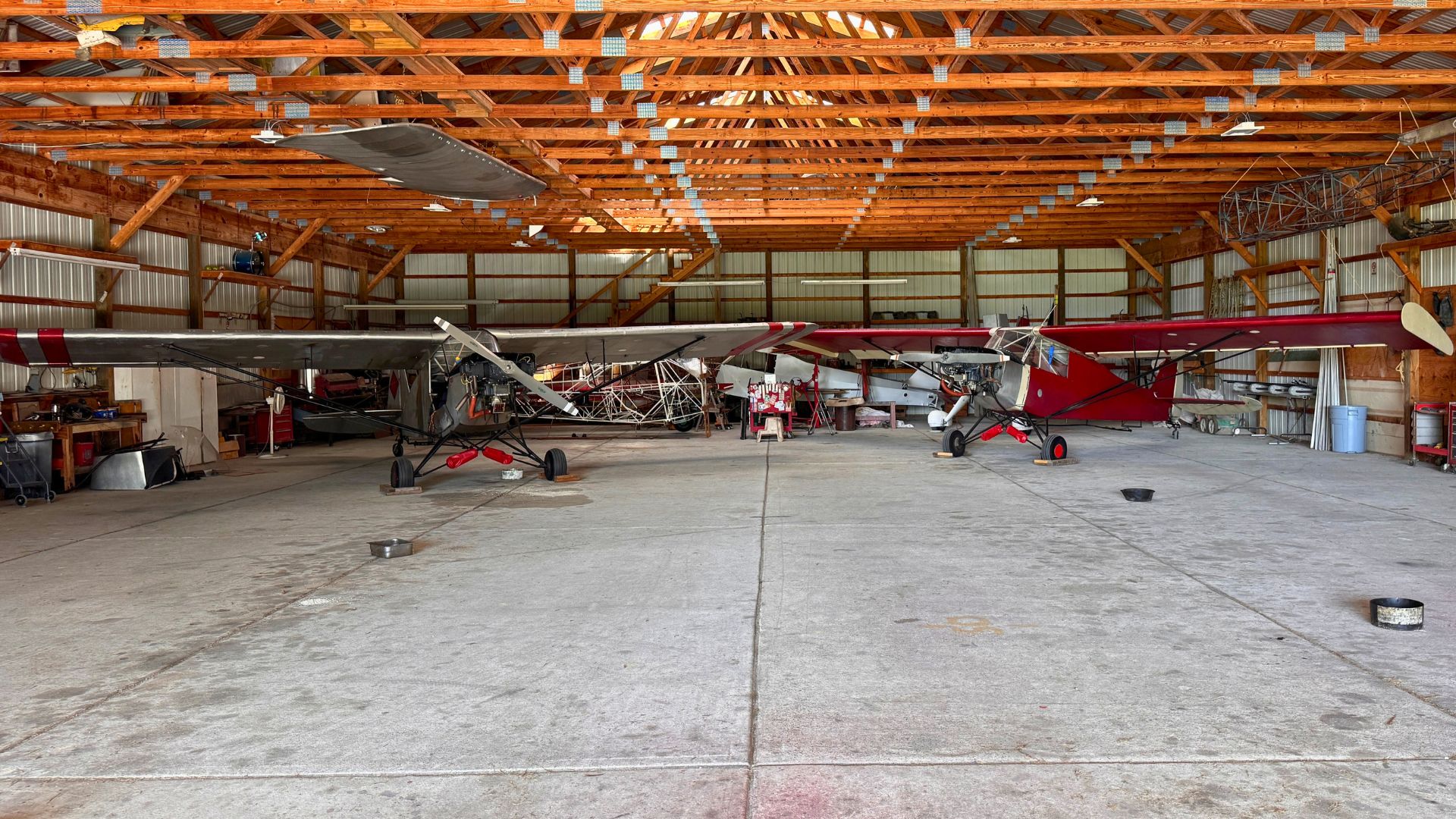How Banner Planes Work – Behind the Scenes of Aerial Advertising
If you’ve ever spent a summer day on the beach, chances are you’ve heard it, the distant roar of a small airplane towing a banner across the sky.
That familiar sound has become synonymous with summer, a nostalgic backdrop to waves crashing, seagulls calling, and the occasional banner plane zooming overhead. But have you ever stopped to wonder how those massive banners actually get airborne?

How Banner Planes Work
That’s exactly what I set out to discover when I visited Cape May Aerial Advertising (Cape May Ads) at their Cape May Courthouse location.
Founded five years ago by Jeremy, Cape May Ads has been flying banners along the Jersey Shore and beyond. Prior to Jeremy talking over, the company was Paramount Air Service founded in 1945.
Jeremy’s path into aerial advertising began unexpectedly. After putting his wife gave him a discovery flight, sparking a passion for flying.
 From that first flight, Jeremy was hooked, and today he operates a fleet of planes designed specifically for one purpose, towing banners.
From that first flight, Jeremy was hooked, and today he operates a fleet of planes designed specifically for one purpose, towing banners.
Also See: AirFest 2025 Brings the First Jet Fighter in History to Cape May Airport
These aren’t your average small planes. Known as the “tractors of the sky,” each aircraft is a workhorse, stripped down to just wings, fuel tanks, and a boom used to grapple banners.
Unlike some competitors who use grappling hooks attached to the tail, CMA Ads’ system centers the hook under the plane, allowing for more stable flight.

These banners themselves vary greatly in size and design.
Some are stitched letters, reminiscent of classic Paramount-era advertising, while others are fully printed.
There are even combination banners that mix both stitched and printed materials for durability and versatility.

They are carefully rolled, tied, and stored until a pilot picks them up from the field.
The rope used to attach each banner is lengthy, stretching back to the line attached to two posts that hold up the line for the plane to swoop down and grab it with its hook.

Watching the pilots at work, it became clear just how challenging this task is. Wind and weather play a huge role, making banner pickup a precise skill.
Missing a banner is normal, and pilots must circle back to try again. The field is strategically lined with trees to minimize low-level wind, but once the planes rise above the treetops, they encounter stronger gusts that toss both plane and banner.

For anyone who has ever wondered about the logistics of those summer banners, watch the video below.
Below you watch, please do consider subscribing!
